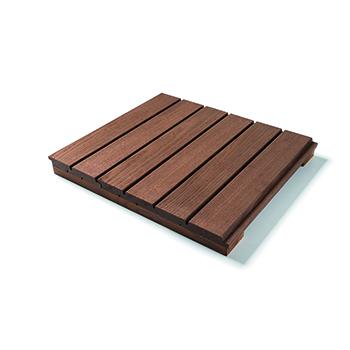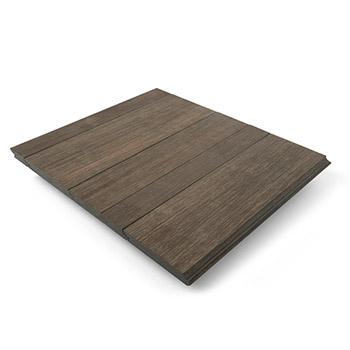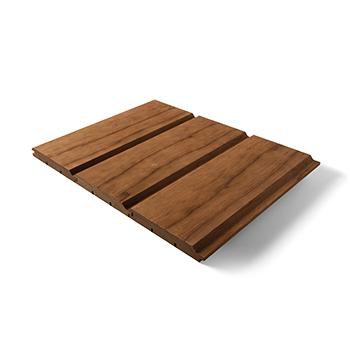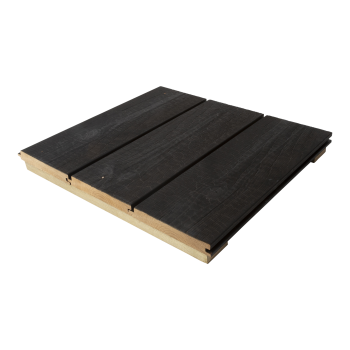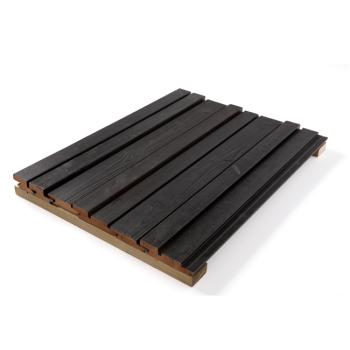Class B fire-rated profiles
Show productsAt Carpentier, you will find various timber cladding profiles that meet Class B reaction to fire standards. Our thermo bamboo cladding qualifies for this reaction to fire rating without any additional fire-retardant treatment. For other wood varieties, we offer effective solutions to reach the same fire safety standards.
Class B reaction to fire timber cladding
For fire safety reasons, façades often need to meet Class B reaction to fire standards. Architects, entrepreneurs and property developers must provide the required reaction to fire certification. At Carpentier, you will find a wide range of timber cladding that comes with this certification, thus meeting the highest safety standards. The reports are available online and can be easily downloaded using your personal login.
Thermo bamboo: naturally safe
Our closed joint thermo bamboo cladding is a lasting option that meets Class B reaction to fire standards without additional treatment. So thermo bamboo is the ideal solution for projects in which fire safety and style are key.
The Switi project in Amsterdam is a good example of this. Here our HOTwood bamboo shiplap QC was used as timber cladding. This closed joint cladding profile meets the B-s1, d0 reaction to fire standard without fire-retardant treatment. The biosourced new housing project won the National Timber Construction Award 2024 in the Netherlands in the serial timber construction category. This prize highlights the sustainable and innovative possibilities for this material.
Fire-retardant treatments for other wood varieties
Sustainable wood varieties, such as thermo pine and ash, require fire-retardant treatment to meet Class B reaction to fire standards. At Carpentier, our fire-retardant treatment is carried out in vacuum conditions in an autoclave. This is a natural and effective method for improving the reaction to fire class. Thanks to this process, our cladding meets Class B reaction to fire standards, meaning you can create attractive façades that are fire-resistant.
Find out more about our fire-retardant treatment
An innovation in open joint cladding
Currently, the Class B reaction to fire standard can only be achieved with closed joint cladding. However, together with Grad, we are working on a patented installation system using a fire-retardant clip. This will allow for cladding with open joints of up to 30-35mm to obtain a Class B reaction to fire rating. This ground-breaking innovation is currently undergoing testing and is scheduled for launch in 2025.


